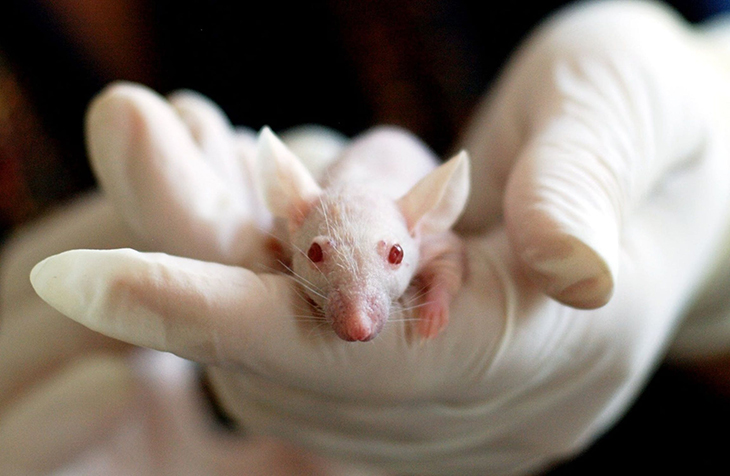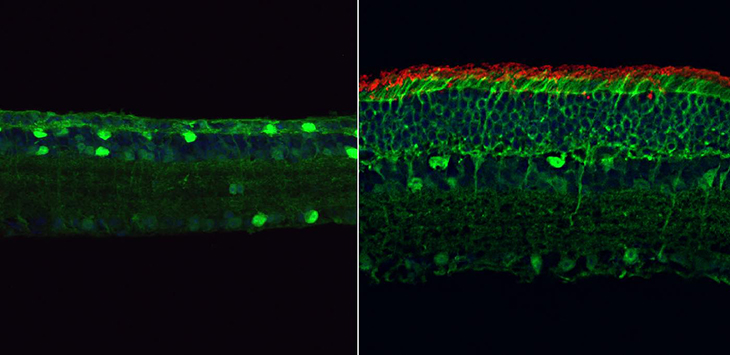CRISPR Gene Editing Technique Managed to Reverse ‘Permanent’ Vision Loss In Mice From Retinitis Pigmentosa

As ironic as it may sound, the childhood lullaby “Three Blind Mice” may actually need some new lyrics after researchers managed to restore vision in, well, blind mice.
In an amazing scientific achievement, a group of researchers have successfully restored vision in mice, an experiment that may very well pave the way for reversing blindness in humans as well. The study focused on retinitis pigmentosa, which happens to be an inherited condition that affects around one in every 4,000 people, while also being a leading cause of blindness.
The research team, who come from China, used a genome-editing technique to correct a mutation that is responsible for the hereditary condition of retinitis pigmentosa in both mice and humans. Incredibly, the mice regained their sight and demonstrated retained visual capabilities even in old age.
Conducted at the Wuhan University of Science and Technology, the research team was led by Professor Kai Yao, and it holds the promise of possible future vision restoration in humans using very similar methods.
Retinitis pigmentosa happens to be a condition that is linked to mutations in over 100 different genes. It normally begins with the dysfunction and degeneration of rod cells, which are responsible for low-light vision. Then, it affects the cone cells that are necessary for color vision. Eventually, it ends up in profound and irreversible vision loss.
Professor Kai Yao and the team tried to address this by utilizing the CRISPR genome editing tool to target the gene mutation responsible for retinitis pigmentosa, more specifically the gene encoding the critical enzyme called PDE6β. By directing the genome-editing system to correct the mutation, they managed to successfully restore the enzyme’s activity in the mice’s retinas.
As a result, this correction prevented both the death of rod and cone photoreceptors in the eyes, which led to the restoration of normal electrical responses to light stimuli.
This groundbreaking study was published in the Journal of Experimental Medicine, and later on, was followed by behavioral tests to assess the mice’s visual capabilities. The results were very encouraging, as the mice exhibited proficient navigation skills – such as typical head movements in response to visual stimuli. Furthermore, the mice managed to maintain their improved eye vision even as they got older.
While Professor Yao acknowledged his team’s remarkable findings, he also emphasized that there is still a need for further studies to expand their understanding of this particular approach.

Professor Yao shared, “The ability to edit the genome of neural retinal cells—particularly unhealthy or dying photoreceptors—would provide much more convincing evidence for the potential applications of these genome-editing tools in treating diseases such as retinitis pigmentosa.”
“However, our study provides substantial evidence for the in vivo, a process occurring inside a living organism, applicability of this new genome-editing strategy, and its potential in diverse research and therapeutic contexts—in particular for inherited retinal diseases such as retinitis pigmentosa,” he added.
Considering there was the successful restoration of vision in the mice used in the experiments, this could be considered a very significant step forward in combating retinitis pigmentosa. The study results also offer hope for developing similar strategies to restore vision in humans. Through continued research and other advancements in genome editing, they could really hold immense potential to transform the lives of those affected by this difficult and debilitating condition.



